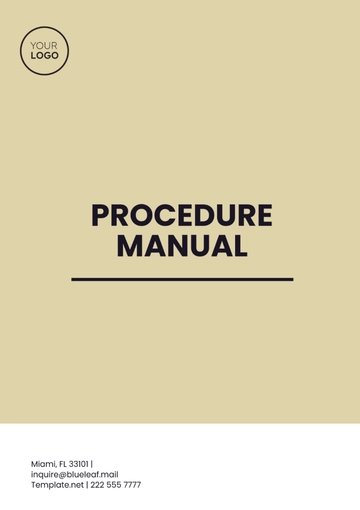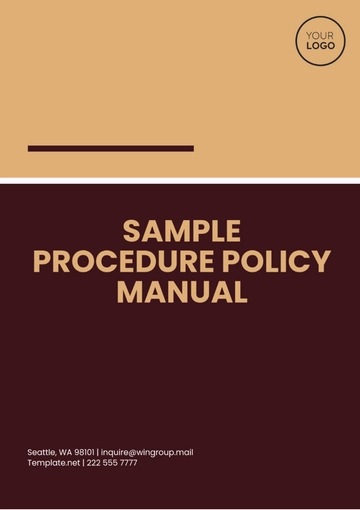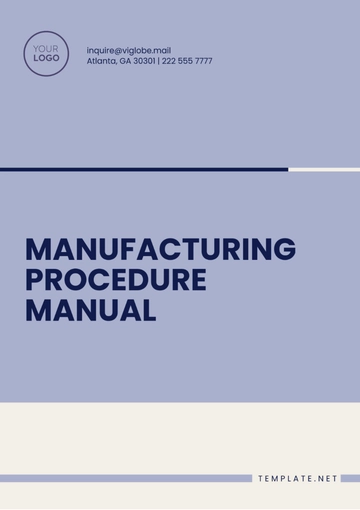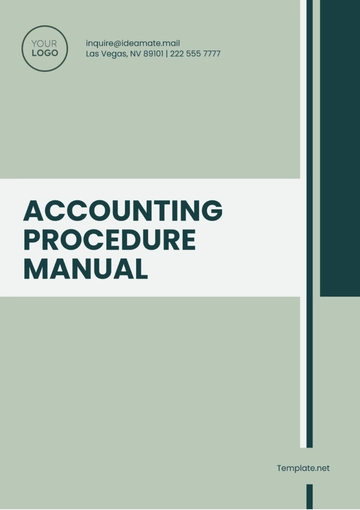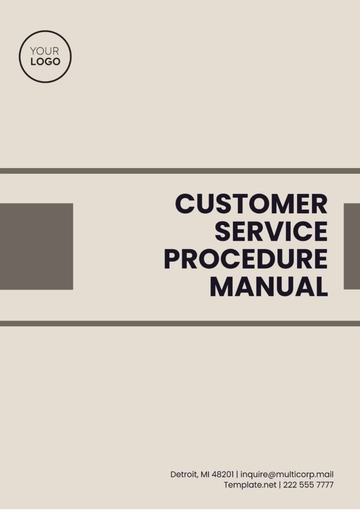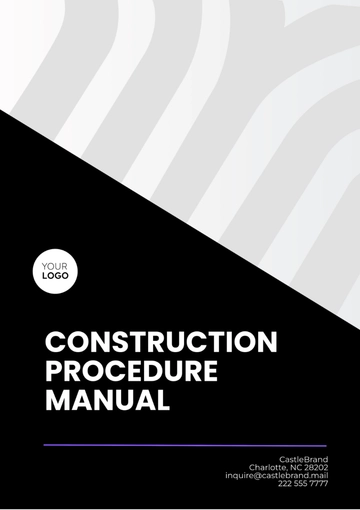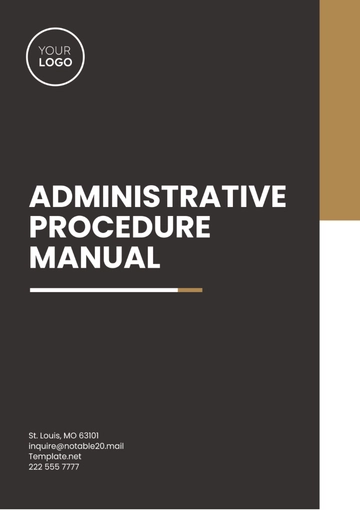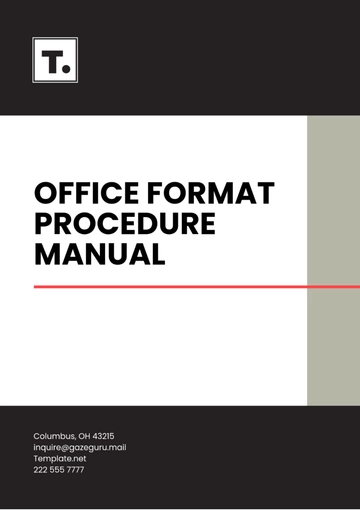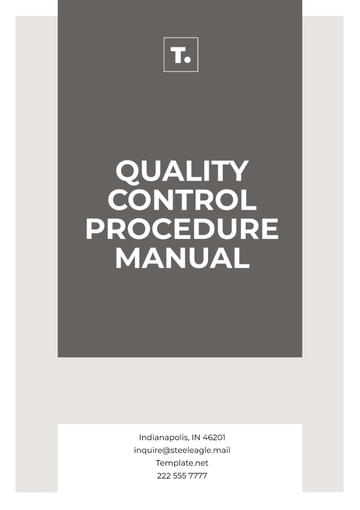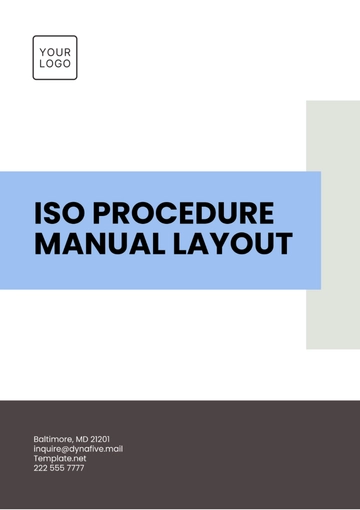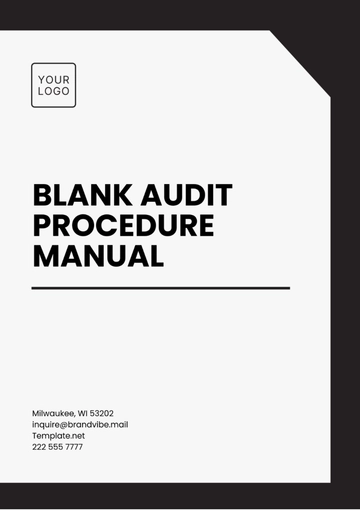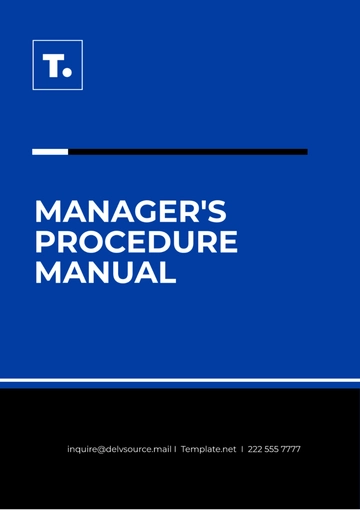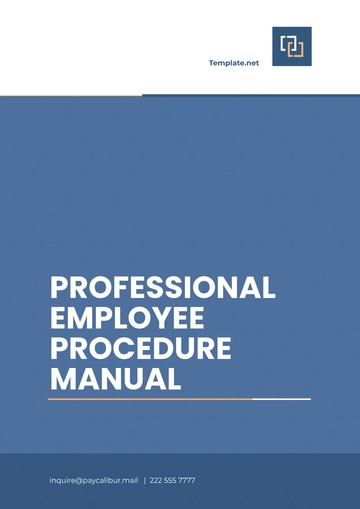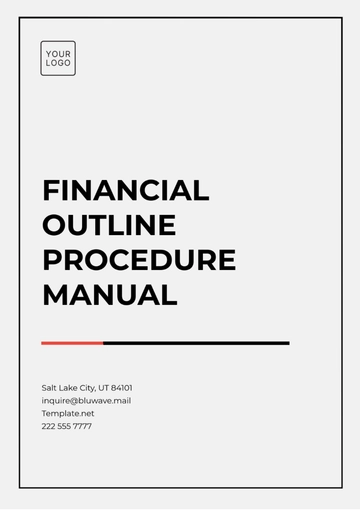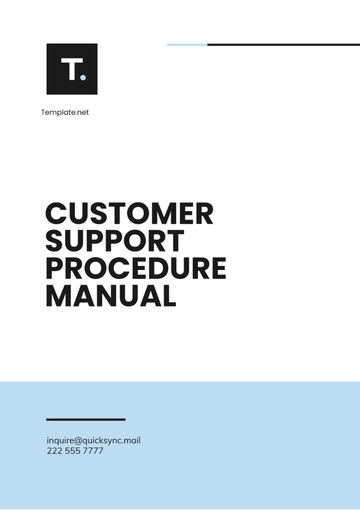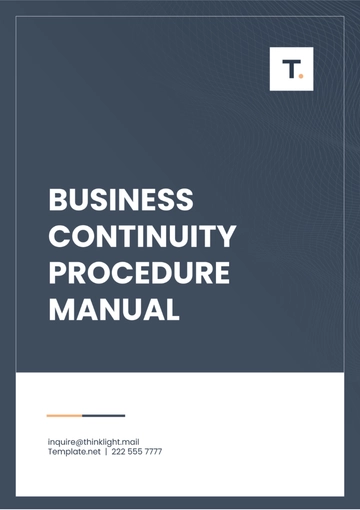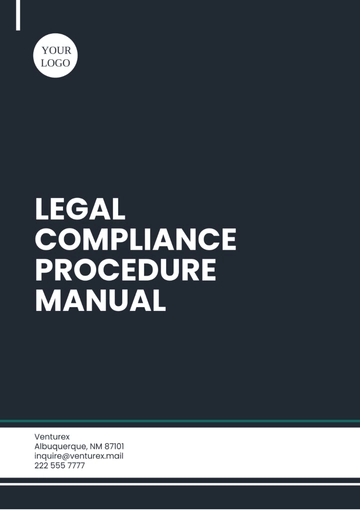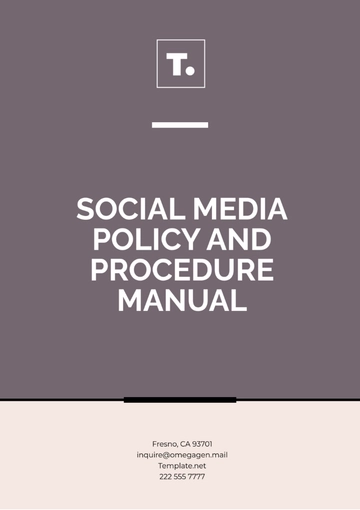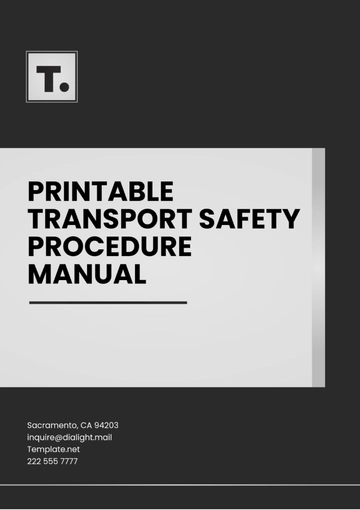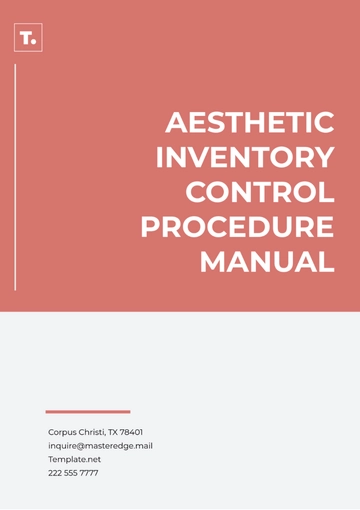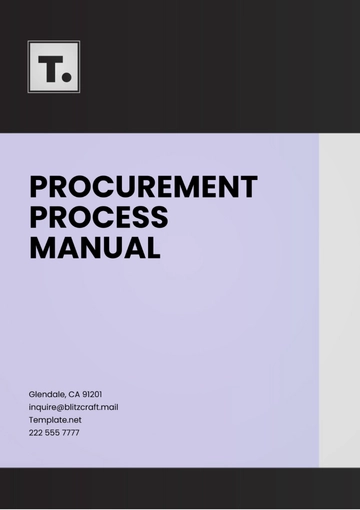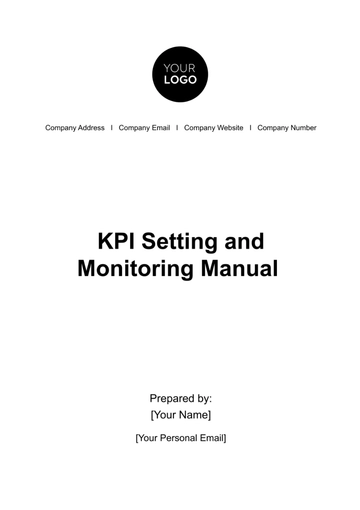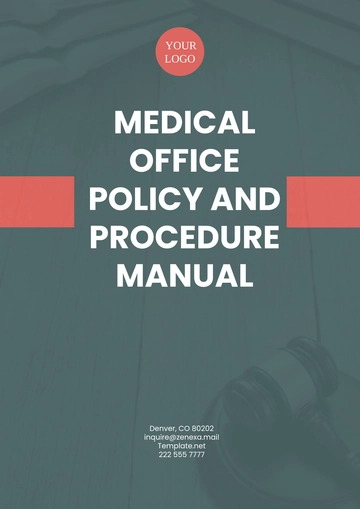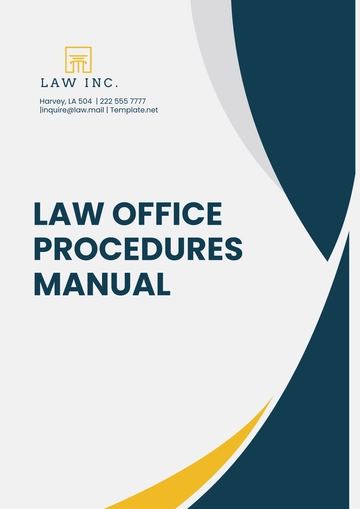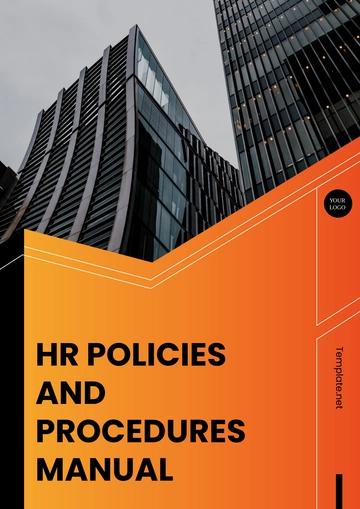Free Small Business Safety Procedure Manual
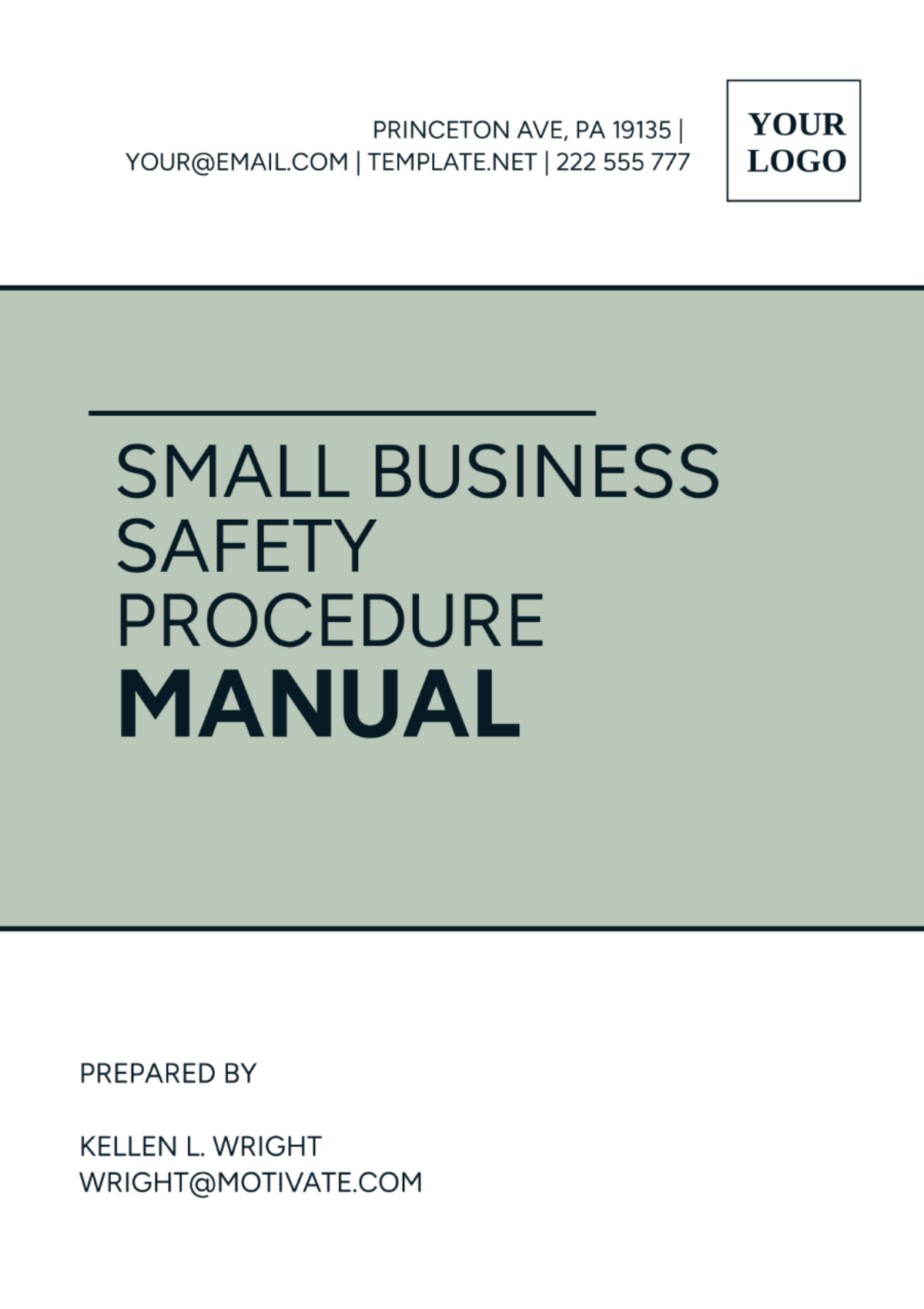
Name: | [YOUR NAME] |
|---|---|
Company: | [YOUR COMPANY NAME] |
Department: | [YOUR DEPARTMENT] |
Date: | [CURRENT DATE] |
I. Introduction
In today's dynamic workplace, ensuring the safety and well-being of all employees is paramount. This Small Business Safety Procedure Manual, developed by [YOUR COMPANY NAME], aims to provide a comprehensive guide to maintaining a safe working environment. This manual outlines the policies, procedures, and best practices necessary to minimize risks, prevent accidents, and promote a culture of safety within [YOUR COMPANY NAME].
A. Purpose
The primary purpose of this manual is to [YOUR COMPANY NAME] to fulfill its legal obligations and moral responsibilities to provide a safe workplace for all employees. By adhering to the guidelines laid out in this manual, employees can perform their duties confidently, knowing that measures are in place to mitigate potential hazards. Additionally, this manual serves as a reference tool for training new employees and refreshing the knowledge of existing staff on safety protocols.
II. Safety Responsibilities
[YOUR COMPANY NAME] recognizes that ensuring safety is a shared responsibility among all employees, from management to frontline workers. Each individual has a role to play in maintaining a safe work environment.
A. Management Responsibilities
[YOUR COMPANY NAME]'s management is committed to prioritizing safety in all aspects of operations.
[YOUR NAME], as the designated safety officer, oversees the implementation and enforcement of safety policies.
Regular safety audits and inspections are conducted to identify and address potential hazards.
B. Employee Responsibilities
All employees are expected to familiarize themselves with the safety procedures outlined in this manual and adhere to them at all times.
Reporting any safety concerns or incidents promptly to [YOUR DEPARTMENT] ensures timely resolution and prevention of future occurrences.
III. Hazard Identification and Risk Assessment
Identifying potential hazards and assessing associated risks is crucial to preempting accidents and injuries. [YOUR COMPANY NAME] employs a systematic approach to hazard identification and risk assessment to proactively address safety concerns.
A. Hazard Identification
Regular workplace inspections are conducted to identify existing and potential hazards, such as [list specific hazards relevant to your business].
Employees are encouraged to report any hazards they observe, ensuring a collaborative effort in maintaining safety.
B. Risk Assessment
Once hazards are identified, a risk assessment is conducted to evaluate the likelihood and severity of potential incidents.
Risks are prioritized based on their level of severity, and appropriate control measures are implemented to mitigate or eliminate them.
IV. Safety Training and Education
Comprehensive safety training and ongoing education are essential components of [YOUR COMPANY NAME]'s commitment to employee well-being. Properly trained employees are better equipped to identify hazards, follow safety protocols, and respond effectively to emergencies.
A. Initial Training
All new employees undergo thorough safety training as part of their orientation process.
Training modules cover topics such as [list specific safety topics relevant to your industry], ensuring a well-rounded understanding of workplace safety.
B. Ongoing Education
Regular refresher courses and toolbox talks are conducted to reinforce safety principles and address any emerging concerns.
Training sessions are tailored to the needs of different departments and job roles within the organization.
V. Emergency Preparedness
Being prepared for emergencies is essential to safeguarding the well-being of employees and minimizing potential damage to property. [YOUR COMPANY NAME] has established protocols to ensure a prompt and coordinated response to various emergency situations.
A. Emergency Response Plan
An emergency response plan is in place, outlining procedures for evacuations, sheltering in place, and other necessary actions.
Designated emergency response teams are trained to handle specific emergencies, such as fires, medical incidents, and natural disasters.
B. Emergency Equipment and Facilities
[YOUR COMPANY NAME] maintains emergency equipment such as fire extinguishers, first aid kits, and emergency exits in optimal condition.
Regular drills and simulations are conducted to test the effectiveness of emergency procedures and familiarize employees with evacuation routes.
VI. Incident Reporting and Investigation
Prompt reporting and thorough investigation of incidents are essential for identifying root causes and implementing corrective measures to prevent recurrence. [YOUR COMPANY NAME] encourages a culture of transparency and accountability in reporting all incidents, regardless of severity.
A. Incident Reporting Procedure
Employees are required to report all incidents, accidents, and near misses to [YOUR DEPARTMENT] immediately following their occurrence.
An incident reporting form is provided to streamline the reporting process and ensure all relevant details are captured.
B. Incident Investigation
A designated investigation team is responsible for conducting thorough investigations into reported incidents.
Investigations aim to identify contributing factors, root causes, and corrective actions to prevent similar incidents in the future.
VII. Personal Protective Equipment (PPE)
Protective equipment plays a crucial role in minimizing exposure to workplace hazards. [YOUR COMPANY NAME] provides and maintains appropriate personal protective equipment to ensure the safety and well-being of all employees.
A. PPE Assessment
A thorough assessment of workplace hazards determines the types of PPE required for each task or job role.
Employees are provided with the necessary PPE based on the hazards present in their work environment.
B. PPE Use and Maintenance
Employees are required to wear and properly use the provided PPE whenever exposed to potential hazards.
Regular inspections and maintenance of PPE are conducted to ensure they remain in good condition and provide adequate protection.
VIII. Workplace Ergonomics
Promoting ergonomic principles in the workplace is essential for preventing musculoskeletal disorders and improving overall comfort and productivity. [YOUR COMPANY NAME] incorporates ergonomic practices into its operations to create a safe and healthy work environment.
A. Ergonomic Assessments
Ergonomic assessments are conducted to identify and address risk factors associated with workstations, tools, and equipment.
Recommendations for ergonomic improvements are implemented to reduce the risk of ergonomic-related injuries.
B. Employee Training on Ergonomics
Employees receive training on proper ergonomic techniques and best practices to minimize strain and discomfort.
Regular reminders and ergonomic awareness campaigns reinforce the importance of maintaining good ergonomic posture and practices.
IX. Chemical Safety
Handling and storing chemicals safely is critical to preventing exposure-related illnesses and accidents. [YOUR COMPANY NAME] implements stringent protocols to ensure the safe handling, storage, and disposal of hazardous chemicals in the workplace.
A. Chemical Inventory and Labeling
A comprehensive inventory of chemicals used in the workplace is maintained, including safety data sheets (SDS) for each chemical.
All chemical containers are properly labeled with the appropriate hazard warnings and handling instructions.
B. Safe Handling Procedures
Employees receive training on the safe handling, use, and disposal of chemicals, including proper personal protective equipment (PPE) requirements.
Spill response procedures are in place to contain and mitigate chemical spills, minimizing exposure risks.
X. Conclusion
In conclusion, the Small Business Safety Procedure Manual developed by [YOUR COMPANY NAME] serves as a comprehensive guide to maintaining a safe and healthy work environment for all employees. By implementing the guidelines and procedures outlined in this manual, [YOUR COMPANY NAME] demonstrates its commitment to prioritizing safety as a core value within the organization.
Safety is not just a priority; it is a responsibility shared by everyone, from management to frontline workers. Through effective training, clear policies, and proactive measures, [YOUR COMPANY NAME] strives to create a workplace where employees can perform their duties confidently, knowing that their well-being is safeguarded.
- 100% Customizable, free editor
- Access 1 Million+ Templates, photo’s & graphics
- Download or share as a template
- Click and replace photos, graphics, text, backgrounds
- Resize, crop, AI write & more
- Access advanced editor
Introducing the Small Business Safety Procedure Manual Template by Template.net! Crafted for efficiency and ease, this editable and customizable manual ensures tailored safety protocols. Seamlessly modify content using our Ai Editor Tool, empowering businesses to prioritize safety with precision. Elevate workplace safety effortlessly with our comprehensive template.
